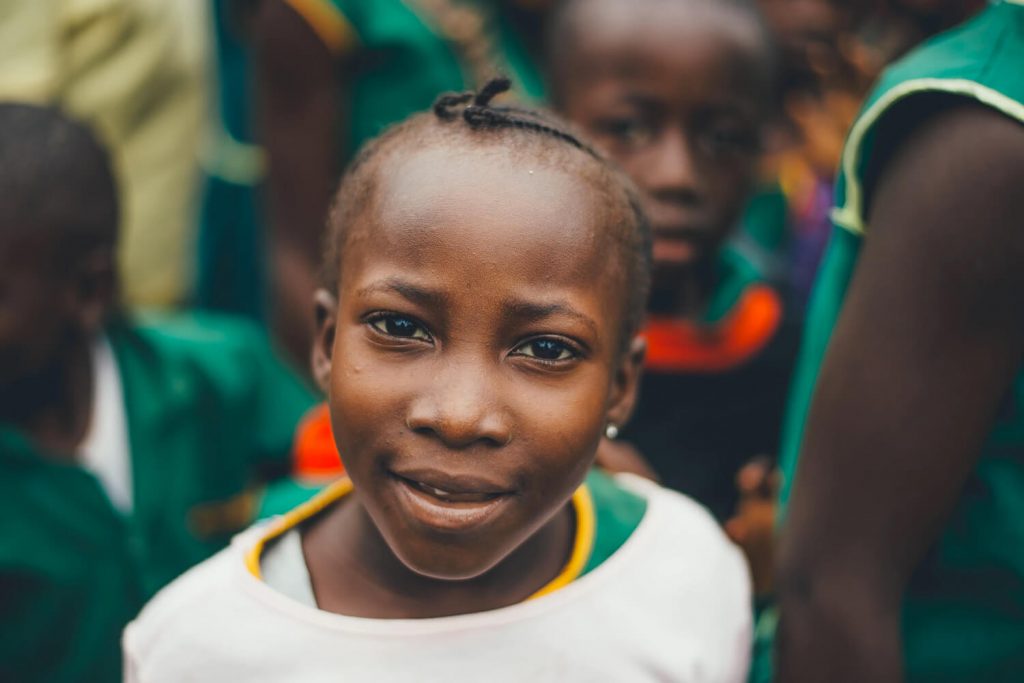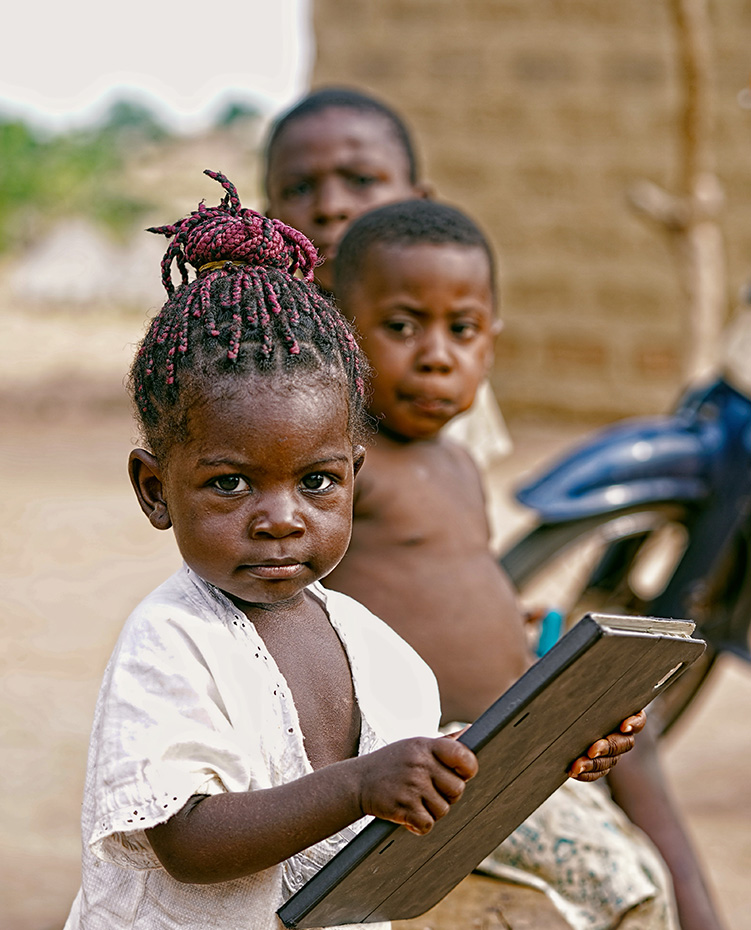Teen Drug Abuse: How To Tell Whether Your Kid Is Addicted To Drugs.
Teen drug abuse is much more common than most parents would like to believe. As children reach their teenage years, they become more likely to embark on a journey of self-discovery. This might involve experiences that involve experimenting with various drugs, from marijuana to cocaine.
While some kids are simply succumbing to peer pressure, others use drugs to self-medicate from stress and other painful emotions to better their mental health. Others turn to prescription drugs, to improve their performance at school.
As a parent, you want to keep a watchful eye on your children. Educate them about drug use, so they understand the consequences involved.

Common Drugs Abused by Kids
As a parent, it’s important aware of the substances that teens are most likely to abuse. Commonly abused drugs include:
- Alcohol
- Marijuana
- Prescription medications
- Ecstasy
- Cocaine
Many kids will become curious about drugs and will experiment with them. Others succumb to peer pressure and try alcohol or drugs to fit in. It’s vital that schools and parents talk to teens about various drugs, and warn them about the severity and potential consequences of alcohol or drug use. Awareness, education, and preventative measures may be the key to preventing teen drug and alcohol abuse.
Drug use among teenagers is much more common than most parents believe. Teen substance abuse statistics can be quite shocking to some parents. In fact, 86% of high schoolers know someone who smokes, drinks, or experiments with drugs even on school days. Abuse and addiction are not uncommon.
To get a further understanding of drug use among teens, take a look at the following teen drug abuse statistics:
- 5.9% of 12th graders in a survey conducted by the National Institute on Drug Abuse used marijuana on a daily basis
- 16.6% of 12th graders had been binge drinking, which involves drinking more than 5 beverages on one occasion
- 27.8% of 12th graders had used e-cigs in the past year
- 74.8% of 8th graders start off using e-cigs with only flavoring inside but eventually progress to ones with cannabis oil
- 2.0% of 12th graders misuse prescription drugs, like Vicodin
According to statistics, illicit drug use among teens has started to drop. Fewer and fewer teens abuse heroin and methamphetamine. The studies also show that more and more teens try drugs and drink, as they progress through high school. Prescription drug abuse is also much more common than most parents would like to believe.
Of all the drugs involved, marijuana appears to be the most popular. 71% of surveyed teens did not view cannabis use as harmful although 64.7% would disapprove of smoking weed on a regular basis. Drug and alcohol abuse rates have been rising in these areas. By knowing these statistics, parents will have a better idea of the drug abuse warning symptoms to look out for.
Symptoms and Warning Signs of Teen Drug Abuse
While you may suspect that your kid is doing drugs, it’s not always easy to recognize drug abuse warning signs. Answer ‘yes’ or ‘no’ to the following symptoms and warning signs of drug addiction to get a better idea regarding whether your kid needs professional help via an addiction treatment program.
Tally up the amount of ‘yes’ answers you have to get a final score. Compare your final score with the results to get a better idea of the amount of influence that drugs and alcohol may have on your child. These warning signs may help you make a more informed decision.
- Has your child ever craved alcohol or drugs?
- Do you see a drop in school or home performance because of drug use or alcohol? This may include missing classes or having an unexplained drop in grades.
- Has your child started to hang out with new friends due to drugs or alcohol?
- Has your child started to isolate himself or herself because of drugs or alcohol?
- Do you feel that your child is neglecting his or her family and friends?
- Has your child lost friendships due to suspected drug use?
- Have you caught your child trying to hide drugs or alcohol from you?
- Has your child ever complained about withdrawal symptoms, like insomnia or headaches?
- Have you noticed your child engaging in reckless and risky behavior when on drugs or alcohol?
- Do you notice significant behavior changes, especially ones related to self-care and appearances?
You should get a final score between 0 and 10. Check out the results below to see whether your kid is addicted to alcohol and drugs or struggles with substance use disorders.
Quiz Results
0 Points
If you answered no to all questions, then you likely don’t have little to worry about. You might have noticed a bottle of beer or even found some marijuana in your kid’s room; however, it is unlikely that their drug use has become an addiction.
While one-time drug use will not lead to addiction, it may be the first step to addiction. It’s a good idea to sit down with your kid to look at the side effects and consequences involved with each drug.
1 to 3 Points
If you’ve answered yes to 1 to 3 questions, there’s a chance that your kid is addicted to drugs, or — at the very least — on the trajectory to addiction. He or she may be beginning to develop a dependence on various substances. Continuing drug use can lead to withdrawal symptoms.
It’s much easier to seek help now through various addiction treatment plans. The withdrawal symptoms tend to be minor, and there’s less of a chance of psychological dependence.
4 to 6 Points
If you’ve answered yes to 4 to 6 questions, your child may be struggling with moderate drug addiction. His or her use of narcotics may have elevated to abuse. Get your child checked out by a doctor to determine whether the drug use has caused any health issues.
7 to 10 Points
If you’ve answered yes to 7 to 10 questions, your child has likely developed a severe drug or alcohol addiction. There’s a good chance that they will experience withdrawal symptoms when getting sober. If they’ve developed psychological dependence, they may also be more likely to relapse.
The intensity of the withdrawal symptoms will depend on the drug they’ve been abusing, the length of drug use, and the dosage that they’ve taken. In most of these cases, a residential drug treatment program will be able to best offer the intimate care that’s needed.
Other Signs of a Drug Addiction
There are other physical signs and symptoms that may emerge depending on the type of drug that your child is abusing. Other signs of drug use and addiction include:
- A change in appetite
- Delayed reaction time
- Paranoia and anxiety
- Poor concentration and memory
- Red eyes or a flushed appearance
Some types of drug use are easier to spot than others. For example, alcohol and marijuana use can be quite obvious.
What to Do If Your Kid Is Struggling with an Addiction

If your kid is addicted to drugs, prepare to take action. Gather evidence to support your claims, and then stage an intervention. Discuss your concerns with your child, and educate them about the dangers involved with continuous teen drug abuse and use. Prolonged use can damage their physical and mental health.
Depending on the extent and severity of the withdrawals, quitting may be possible at home. Close parental supervision and discipline may be all that’s needed to stop drug and alcohol use for good.
If quitting results in the emergence of withdrawal symptoms, professional help, and addiction treatment may be necessary. Rehab will provide the resources and medical detox programs necessary to help your kid get sober. Substance abuse treatment can be incredibly effective.
Get Help for Your Kid as Soon as Possible
Teen addiction statistics have been on the rise for substances like marijuana and alcohol. It’s important to realize that your kids can be susceptible to addictions and alcohol and drug use. If you notice changes in his or her behavior and appearance, pay attention to their actions to get a feel for their drug use and health.
In the event that they have been abusing various substances, don’t hesitate to speak to one of our counselors to determine whether there’s an abuse treatment that will suit his or her needs. It’s better to contact us sooner rather than later. We can help work you through the various options that are available, and even assess your child’s condition and situation to determine whether he or she would benefit from rehab.


